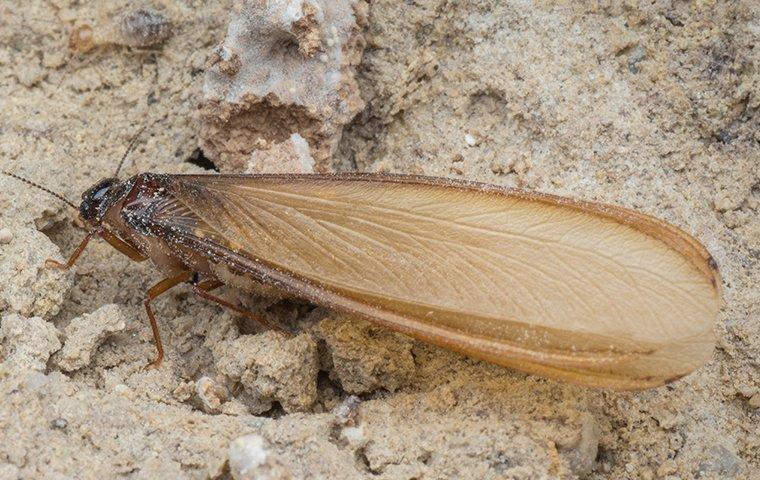South Bend Homeowners Guide To Avoiding Termite Swarmers?
Subterranean termites in South Bend are sneaky insects. They live in the ground and feed on the inside of wood, rarely providing any visible evidence that they are doing damage to a home. But, in the spring, something magical happens. If you're watching for it, you might just prevent these wood-destroying insects from costing you an arm and a leg.

Anatomy Of A Swarm
When the temperatures warm up, termite colonies may release swarmers. These are winged termites that mate, pair off, and establish new nests. If you find them inside your home, it is evidence of a severe infestation. When you find them on the outside of your home, it is a warning sign of a mature nest on or near your property.
-
Swarmers Indoors — Most of the time, swarmers leave their nest and emerge outside. This is because nests are in the ground outside. When they accidentally emerge indoors, it is because the ground nest is very close to your home. Swarmers don't feed on wood. They have no reason to be moving through the tunnels that workers make in the wood of your home, except to use those tunnels on their way out of their nest.
-
Swarmers Outside — When swarmers emerge outside, they gather together into a swarm. That is why they're called swarmers. If you see them all grouped together, it is because they haven't paired off yet. Once they pair off, the queens and kings will split away from the swarm and find a place to establish a nest. Seeing a small number of swarmers, or just two of them, could be a sign of an impending infestation. Seeing a bunch of swarmers means that they're still in the mating process. If they're mating, it means there is a nest nearby. Swarms don't travel far. There is no reason for a swarm to move any great distance. Swarmers have one thing on their mind: finding a mate. They don't have to go any great distance to do it. Their potential mates are with them in the swarm. So, be aware that when you see lots of swarmers on the exterior of your home, they're not just passing through, and they're not about to cause a problem. It is likely that there are already worker termites in your yard, and possibly in your home.
Swarmer Identification
It is fairly easy to identify a swarmer when you see one (or hundreds of them). Termite swarmers are black insects with long white wings.
-
Groups — If you see a group of swarmers, you'll notice the white wings. They are the prominent visual characteristics of swarmers, and no other insect has them. It will look like a blanket of wiggling white wings.
-
Individuals — If a single swarmer lands on your skin, or you see one crawling around somewhere, you're not likely to think much of it. A swarmer is only about ⅜ of an inch long. But if you take note of it, you'll be able to quickly identify it. Its wings will be longer than its body and rounded at the tips.
What To Do When You See Swarmers
When you see swarmers (or long before you see them), reach out to Termishield. Our termite control specialists use industry-leading products and methods to exterminate termites and put a termite control barrier around properties in South Bend. We would love the opportunity to discuss your options with you and guide you toward a termite control plan for your South Bend home that will work to safeguard your equity from the destructive impact of subterranean termites. Connect with us today.
Tags: yearround pest prevention | termites | termite control |
Request Your Free Inspection
Complete the form below to schedule your no obligation inspection.

